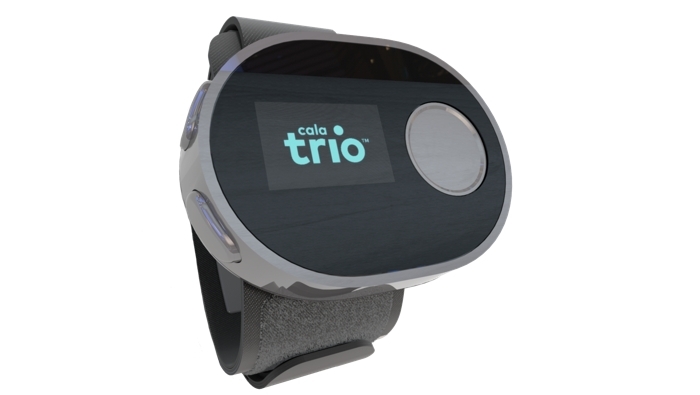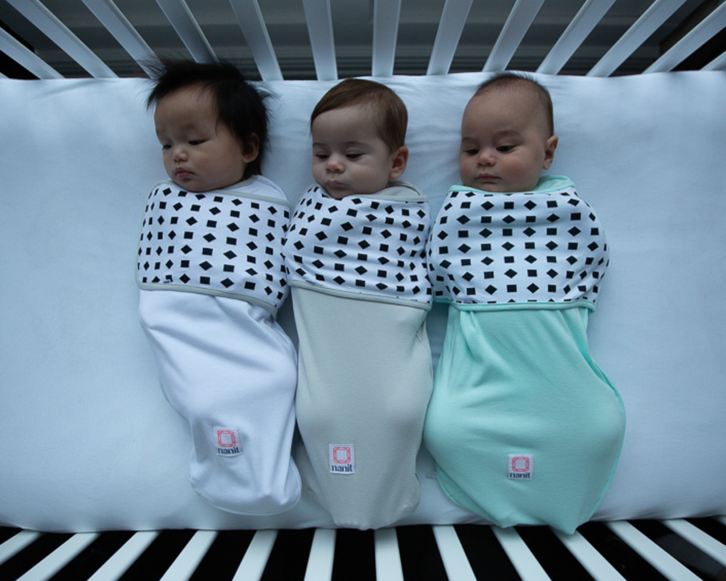By Greg Kahn, president and CEO of the Internet of Things Consortium (IoTC)
Source: www.twice.com, July 2020
Wearable tech may play a part in preventing illness, particularly the spread of COVID-19
Wearables are finally living up to their namesake, and it’s exciting considering the heightened awareness of our health and wellbeing. The decade of the 20s may have started with bang—and not a pleasant one—but the rest of the year is up to us to forge ahead. With an open mind, we just might find the lanes are wide open not just for the fitness buff but for everyone, particularly those who have chronic health problems, hearing or vision loss or other conditions that need monitoring. So, let’s jump right in:
High Tech Swim Wear
The Centers for Disease Control and Prevention estimates that about ten people die from unintentional drowning every day. It’s also the leading cause of death among children between the ages of one and four. To bring an end to this preventable epidemic, a Swiss inventor and veteran waterpark operator has brought the world’s first drowning detection system—BlueFox—to the United States. The key to the system is a monitoring bracelet worn in active mode by everyone using a pool.
The computer monitors depth and the time under water by constantly measuring the distance between the swimmer and the water’s surface, which can be set to between 5 and 125 cm. If the swimmer goes below the programmed depth, a stopwatch begins to count the seconds, which can be preset from 5 to 95. When the preset interval expires, the monitoring bracelet sends an ultrasonic signal that is detected by a receiving sensor installed in the water. Connected to an alarm unit, the sensor triggers acoustic and visual alarms. Invented in 2001, the first commercial use of the BlueFox technology was in 2008. Since then, over 300 aquatic centers, waterparks and resorts around the world have implemented the system.
Mindful Devices
Epilepsy is the fourth most common neurological disease after migraines, stroke and Alzheimer’s, affecting 2.2 million people in the United States and more than 65 million people worldwide. If left undetected and untreated, prolonged seizures can cause permanent neurological injury or death. To offer round-the-clock safety and comfort, and to help people with epilepsy get help when they need it most, Empatica—an MIT spin-off—has developed the only FDA-cleared wrist-worn wearable in epilepsy called Embrace2.
It detects possible convulsive seizures and instantly alerts caregivers, whether they’re sleeping next door or are living miles away. An innovator in unobtrusive monitoring for patients with neurological conditions, the company builds software and algorithms to advance understanding of human behavior through wearable sensors, empowering thousands of patients, clinicians and researchers with real-time human insight, driven by physiological and behavioral biomarkers.

Cala Trio™ is another breakthrough wrist-worn device that focuses on neurological conditions. The lightweight device delivers peripheral nerve stimulation to ease the symptoms of essential tremor, a progressive movement disorder most common in people ages 40 and older that can affect hands and arms, as well as head, voice and legs. A clinical study showed that using the device decreases the amount of hand shaking, often caused by Parkinson’s disease, within three months.
Immersive Clothing
National Institutes of Health (NIH) estimate that 2 to 3 out of every 1,000 children in the United States are born with a detectable level of hearing loss in one or both ears and approximately 15% of American adults (37.5 million) aged 18 and over report some hearing loss. To help the hard of hearing feel the sound of music, a haptic shirt, the Soundshirt™, has been created by CuteCircuit, the world’s first wearable-technology fashion brand.
Featuring 30 micro-actuators embedded in the fabric of the garment, the shirt receives sound or music via data in real time, which is felt on the arms, torso and back in the form of vibrations. With a vision to enable the human body to interface with data, the company believes clothing can serve as an intelligent second skin that enables the wearers to connect with others in a more intuitive and intimate manner.
The Hug Shirt™, for example, lets a person send a hug at a distance through the Hug App, which records a hug in the same way as a movie, then delivers the data over the network to a smartphone, where it is transmitted via Bluetooth to the other person or persons wearing the Hug Shirt.

A new line of wearables for babies has also launched. Developed by nanit, Breathing Wear includes swaddles and bands with embedded sensors that monitor a baby’s breathing motion in real-time and sends alerts if attention is needed.
Insightful Apps
We often assume that as the world moves toward automation and digital information, it becomes more inclusive. The reality is, it can often be more exclusive, particularly for people with low vision or complete vision loss. Named a winner of Fast Company’s 2019 World Changing Ideas Awards for its transformative technology, Aira is on a mission to connect people who are blind, have low vision, or are simply aging into a digital world, with real, highly-trained professionals who provide visual information on demand.
Through their mobile app or smart glasses, Aira connects users to Aira Agents who can see a user’s environment through his or her mobile camera. This allows agents to describe objects, read signage, provide navigation, take and label photos and much more. Aira serves both consumers as well as public/private partners through Aira Access.
Comprised of 45,000 locations and counting, Aira Access provides free use of the service at municipalities, corporations, airports, transit authorities and retail, enabling blind, low-vision and older adults to fully engage and experience the world around them. Aira works with notable brands such as AT&T, Walgreens, and Bank of America, and has earned the support of The National Federation of the Blind, which has only invested in one other innovation in its 80-year history.
Finally, as companies re-open, wearable tech may play a part in preventing illness, particularly the spread of COVID-19. The accounting firm PricewaterhouseCoopers (PwC)—which has developed an app that turns employees’ phones into contact tracing devices notifying them when they’ve been exposed to a coworker with the novel coronavirus—conducted a survey related to returning to work post COVID-19.
The results suggest that 21% of companies plan to use some form of location tracking and contact tracing for their workforces. Ford, for example, is experimenting with smartwatches that vibrate when workers come within six feet of each other. More encouraging, the survey findings indicate that companies are getting a clearer picture of how to conduct business moving forward, with concerns over a loss of productivity due to remote working conditions declining. Some 44% also expect new innovation in serving customers, with social technologies routinely used in daily life transitioning to the workplace.
Though COVID-19 has commanded the headlines for months, it has not deterred intrepid inventors from bringing to life their innovations that can save and enhance our lives. As much as we may be tempted to look back on what has been the most troubling time in recent history in order to process an unprecedented event, we will do well to face forward and just keep swimming.
Greg Kahn is president and CEO of the Internet of Things Consortium (IoTC) and one of the most connected and engaged members of the Internet of Things (IoT) community. At the helm of IoTC NEXT: The Connected Future Summit, a first-of-its-kind industry event launched in 2019 in New York City, he is uniting foremost brand executives, leading technologists, investors and top media to address the challenges of a connected world.

